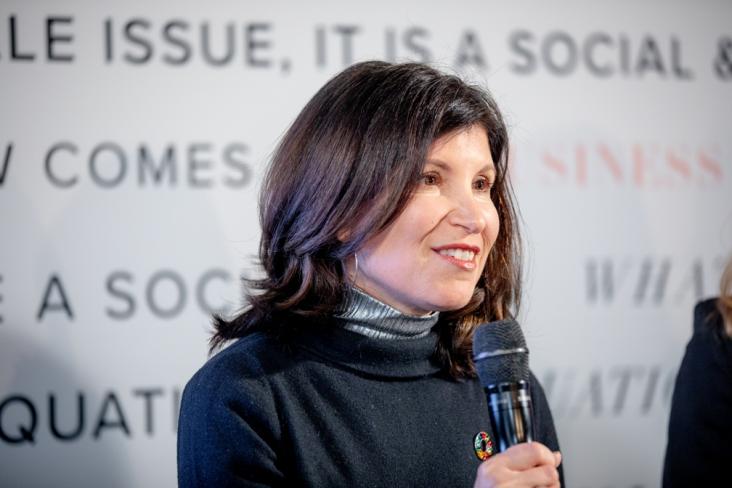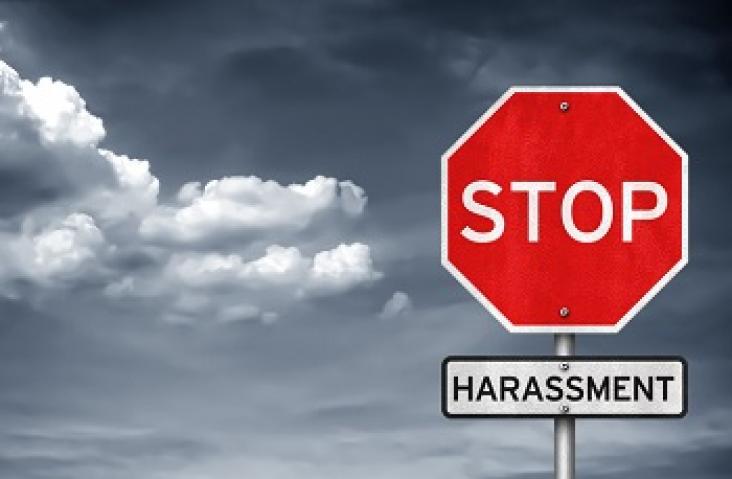
The #SDGBookClub helps children learn about the Sustainable Development Goals. The book club presents a selection of books for children aged 5-12 on each of the goals. Check out the books that have been selected in support of Goal 5 - Gender Equality.

During the World Economic Forum in Davos, Márcia Balisciano, Corporate Responsibility Director at RELX Group, spoke about how women are advancing the 17 SDGs in a panel empowering women to advance the goals.
This podcast highlights how the #MeToo campaign is tackling sexual harassment in the workplace and helping to empower women. It is advancing SDG 5, gender equality.
To advance goal 5, this report seeks to bridge the gap in the conversation around gender equality by demonstrating that when more women are in corporate decision-making positions, their companies benefit - as do society and the environment.
This report provides guidance for companies to take concrete actions to integrate women's health and empowerment in their policies, systems, and operations, furthering SDGs 3, 5 and 8. The framework is based on lessons learned from consultations with companies, non-governmental organizations, and women's health programs in order to provide best practices for investing in workplace women's health and empowerment.
To advance goal 5, XpertHR have recorded a webinar that discusses the steps employers are taking to address or improve the gender pay gap within their organisations.
Care-giving is on the rise and is affecting more and more people. Companies need to address the increasing demands of care-giving-related issues for its employees. This article examines ways in which companies can support employees with care-giving responsibilities, contributing to SDGs 3, 5 and 8.

As employers continue to deal with the fallout of the #MeToo movement, the importance of effective sexual harassment training has become more clear. Having a workplace that is free of sexual harassment supports SDGs 5, 8 and 10. This article provides advice on why effective sexual harassment training is needed now more than ever, and best practices that apply no matter where you are.
Despite the fact that getting a job with a living wage decreases the risk that an individual will commit another crime, society places many barriers to people with criminal records re-entering the workforce. SDGs 8 and 10 includes bringing the formerly incarcerated back as contributing members of society by providing meaningful work. SDG 5 also is impacted, as bias against women with criminal histories is greater than against men. A new study reveals that misconceptions that prevent employers from considering job applicants with criminal histories are not supported by the data; these workers prove to be as good or a better “quality of hire” than employees without a criminal record.
In support of goal 5, XpertHR have recorded a webinar that discusses the main findings of the UK Gender Pay Gap Reports, which companies with more than 250 employees 250 employees are expected to produce.
